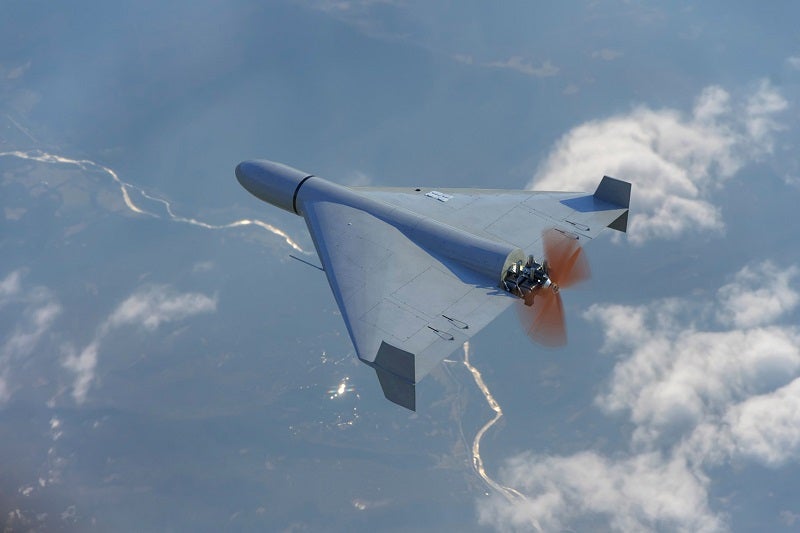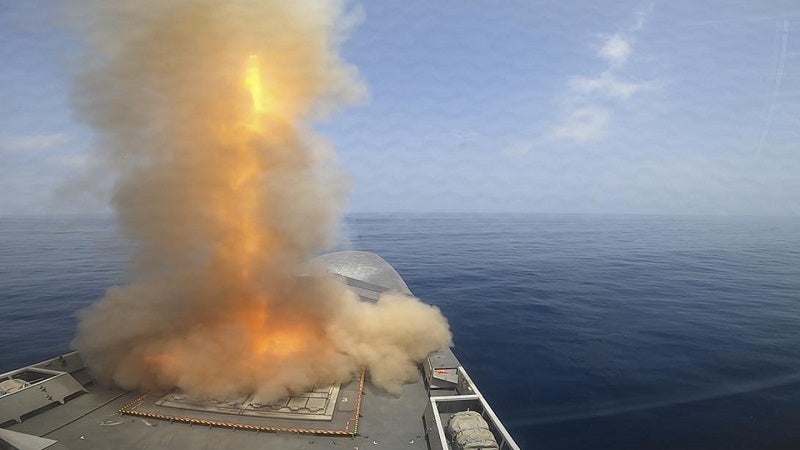
The President of Ukraine, Volodymyr Zelenskyy, called on European allies to form a collective air defence effort in the aftermath of the heaviest Russian aerial strike against Ukrainian territory yesterday, 26 August 2024.
Such an air defence partnership would, he implied, be modelled on the efforts taking place in the Middle East, where European nations are supporting Israel in its interception of missile salvos.
In an address to the nation and the world later that day, the head of state made the case that:
“In our various regions of Ukraine, we could do much more to protect lives if the aviation of our European neighbours worked alongside our F-16s and alongside our air defence. If such unity has worked so obviously well in the Middle East, it should work in Europe as well. Life has the same value everywhere.”
Russia’s largest aerial strike
The latest attack is considered the largest combined missile and drone barrage targetting Ukranine’s critical infrastructure to date.
According to open-source intelligence from the Institiute for the Study of War, the Ukrainian Air Force Commander, Lieutenant General Mykola Oleshchuk, reported that Russian forces launched a range of different systems including:
- Kh-47M2 “Kinzhal” air-launched – arguably ‘hypersonic’ – missiles;
- Iskander-M or North Korean KN-23 ballistic missiles;
- Kh-101 cruise missiles from Tu-95MS strategic bombers;
- Kalibr cruise missiles from both surface and underwater missile carrier in the eastern Black Sea;
- Kh-22 cruise missiles;
- Kh-59/69 cruise missiles from an unspecified number of Su-57 fighter aircraft and Su-34 fighter-bombers;
- and 109 Iranian-made Shahed uncrewed aerial vehicles (UAVs).

Altogether, the strikes targetted more than half of Ukraine’s regions, that is 15 out of 24 Ukrainian oblasts. These systems were largely targeting Ukrainian critical infrastructure and causing significant damage to Ukraine’s energy grid.
After the attack, Zelenskyy assured the nation that “wherever there is a power outage, restoration is already underway. Our repair crews will work around the clock. We will restore electricity.”
Applying Middle East policy to Ukraine
Zelenskyy’s argument for European aerial assistance, while compelling, may not apply to Ukraine in the eyes of some European countries.
In April, France and the UK joined the US and Jordan in responding to the Iranian missile and drone salvos fired at Israeli territory. As a potential conflict threatens to spill over into Lebanon, north of Israel, the US recently extended its ballistic missile defence support on land, sea and in the air.
Prior to this, on 19 February, a European Union (EU) military mission – Operation Aspides – was set up and is still underway in the Red Sea to uphold freedom of navigation, intercepting Iranian-backed Houthi strikes launched from Yemen. Lately, the force reported at least five fires on the main deck of a Greek-flagged oil tanker in the Red Sea on 26 August.

Such an air defence policy between the EU and Ukraine falls out of step with the reasons for European air defence in the Middle East.
In the Ukrainian theatre, the notion of collective air defence would come under the auspices of Nato, and it may be considered an escalatory policy as European air defence units would be deployed directly in the Russia-Ukraine war.
Long-range missile capabilities
Several hours after Zelenskyy requested for European air defence to bolster Ukraine’s networks, the President made another address calling on European nations to deliver long-range missile capabilities.
“We expect decisions from them – decisions on our long-range capabilities,” he stated.
It would not be the first time European nations provided long-range missile capabilities to Ukraine. In May 2023, the UK and France offered Storm Shadow/SCALP missiles to the war-torn nation. These weapon systems provide a range of more than 250 kilometres.
“This is the optimal counter-terrorism tactic,” he said, “one that every partner of ours has the right to and would undoubtedly use to protect themselves.”
There is truth to this claim. At at the beginning of August, the US and Germany agreed to station medium-range weapons – Tomahawk and SM-6 missiles – on German soil from as early as 2026. The decision was made to provide some defensive parity against Russia’s own long-range cruise missiles and rockets in the tit-for-tat defence policy that has become so commonplace since Cold War deterrence theory.
“The physical presence of our forces in the Kursk region and our active efforts to eliminate the Russian threat on its own territory are also a way to compensate for the deficit of long-range capabilities,” added Zelenskyy.
While this is a noteworthy point that further explains the decision behind the foray into Russian territory, the Ukrainian President had previously divulged that the incursion was to secure a “buffer zone.”



